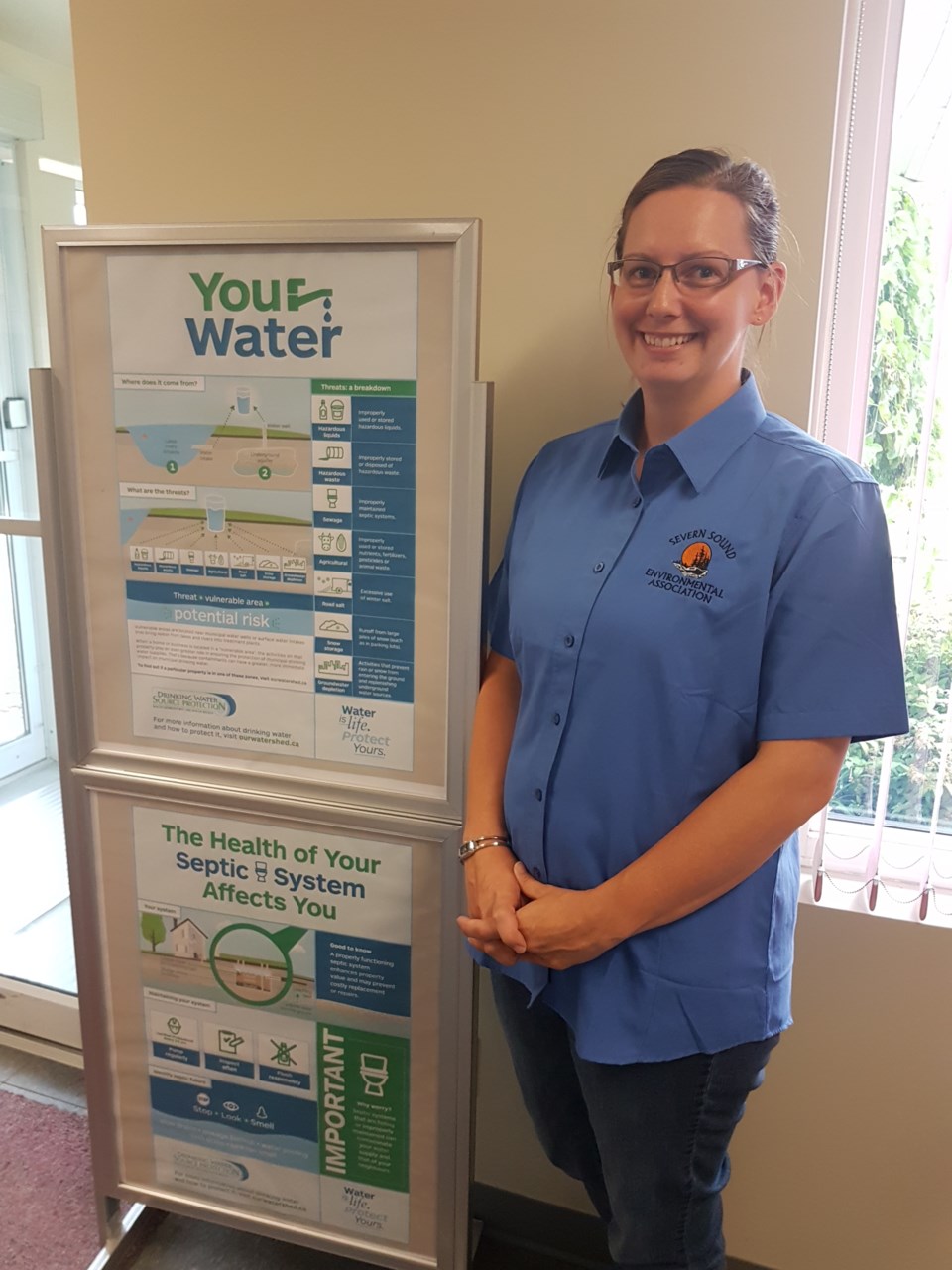As spring has sprung, the Severn Sound Environmental Association (SSEA) is reminding area residents about the importance of source water protection.
Melissa Carruthers, who is the SSEA's risk management official/risk management inspector, spoke with MidlandToday about her role and how municipalities, residents and business owners can take care of their source water.
"In Ontario, there are 19 source protection regions across the province," Carruthers said, noting source water protection is provincially legislated by the Clean Water Act.
"Our region is South Georgian Bay Lake Simcoe Source Protection Region. Within that, it's typically a conservation authority that implements. (The SSEA) is one of two non-conservation authorities that is proud to implement the plan."
The other non-conservation authority that implements its regional source water protection plan is the municipality of Northern Bruce Peninsula, she added.
"I deal with landowners and operators around those municipal wells and intakes and implement appropriate policy," she said, adding her work involves determining "whatever they're doing on a property is not impacting the municipal supply."
From a municipal perspective, she said it means helping determine how new developments could impact existing water quantity and quality.
The way businesses benefit from her role, Carruthers said, is that she helps them determine a risk-management plan.
"Any retail facility or autobody shop near municipal wells have to have risk management plans in place," she said using the two business categories as examples.
"The bulk (of the risk-management plan) is mitigative measures that the industry operator or landowner will do so there's no risk to the municipal water source."
Carruthers said the plan should have answers to questions such as do you have spill kits, are you training staff and are you tracking what you're doing?
For residences, she said each regional source protection plan has nuances and residential exemptions, but if it's a registered business working out of a home, they're not exempted. In such cases, Carruthers said residents and businesses are asked to dispose of unused paints and chemicals properly while cleaning any spills.
And since it's spring, residents will be looking to do some yard-work.
Carruthers said they should consider applying fertilizer only in correct amounts and only on where it needs to be applied to ensure it doesn't spill onto the driveway or road.
"It's mostly just reading labels and following them accordingly," she said.
Meanwhile, the regional source protection committee recently welcomed new SSEA members Jeff Hamelin and Andy Campbell, municipal representatives, as well as Kate Root, a public representative. Returning members from Severn Sound include Dave Ritchie and Colin Elliot, both representing the agriculture sector.
"We thank retiring members John Boucher and Herb Proudley for their service," added SSEA executive director Julie Cayley.
For more information, visit the drinking water source protection regional website or the SSEA's website.



